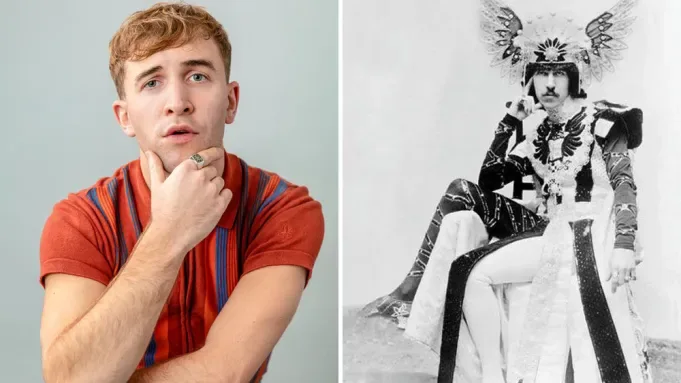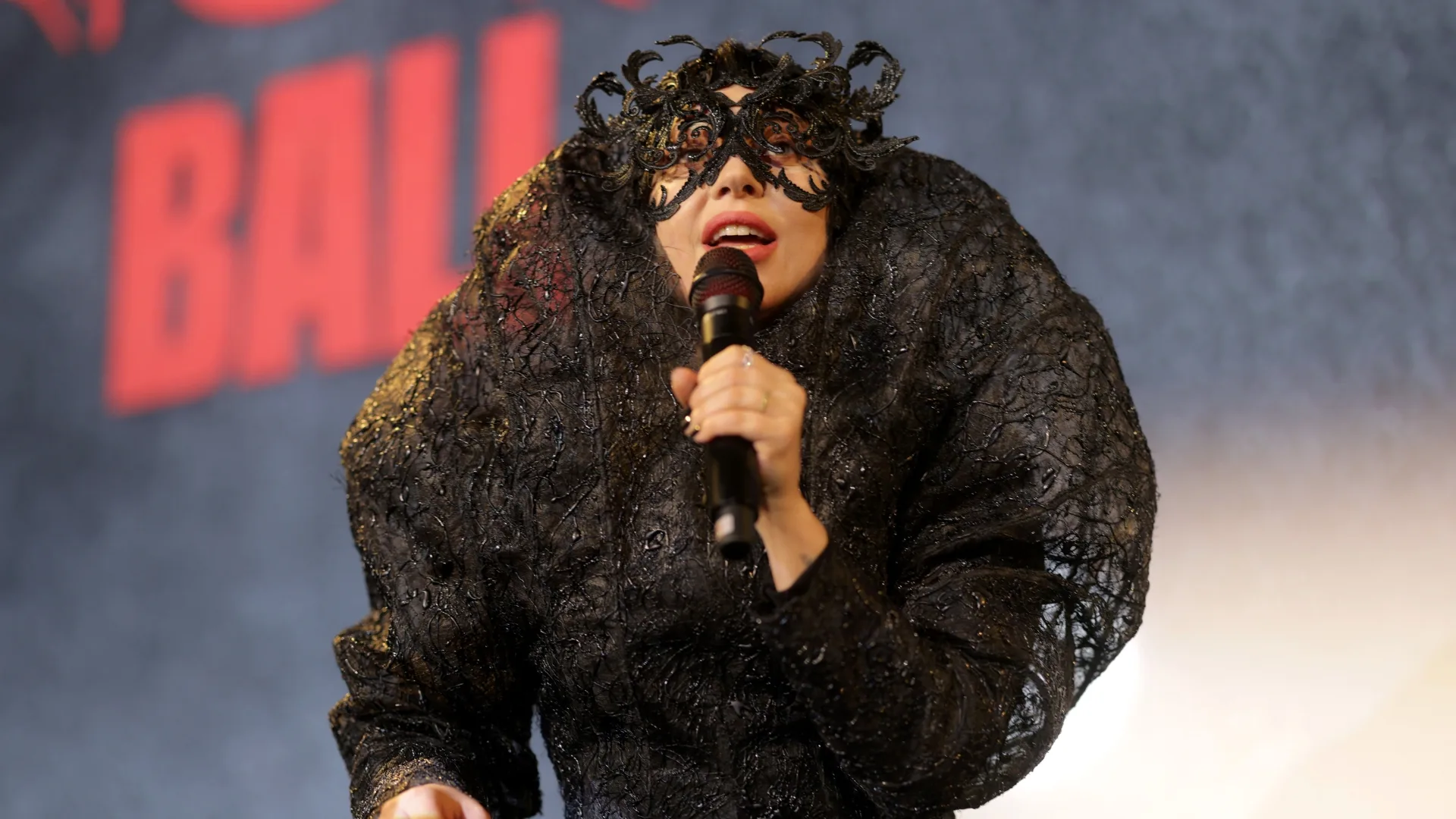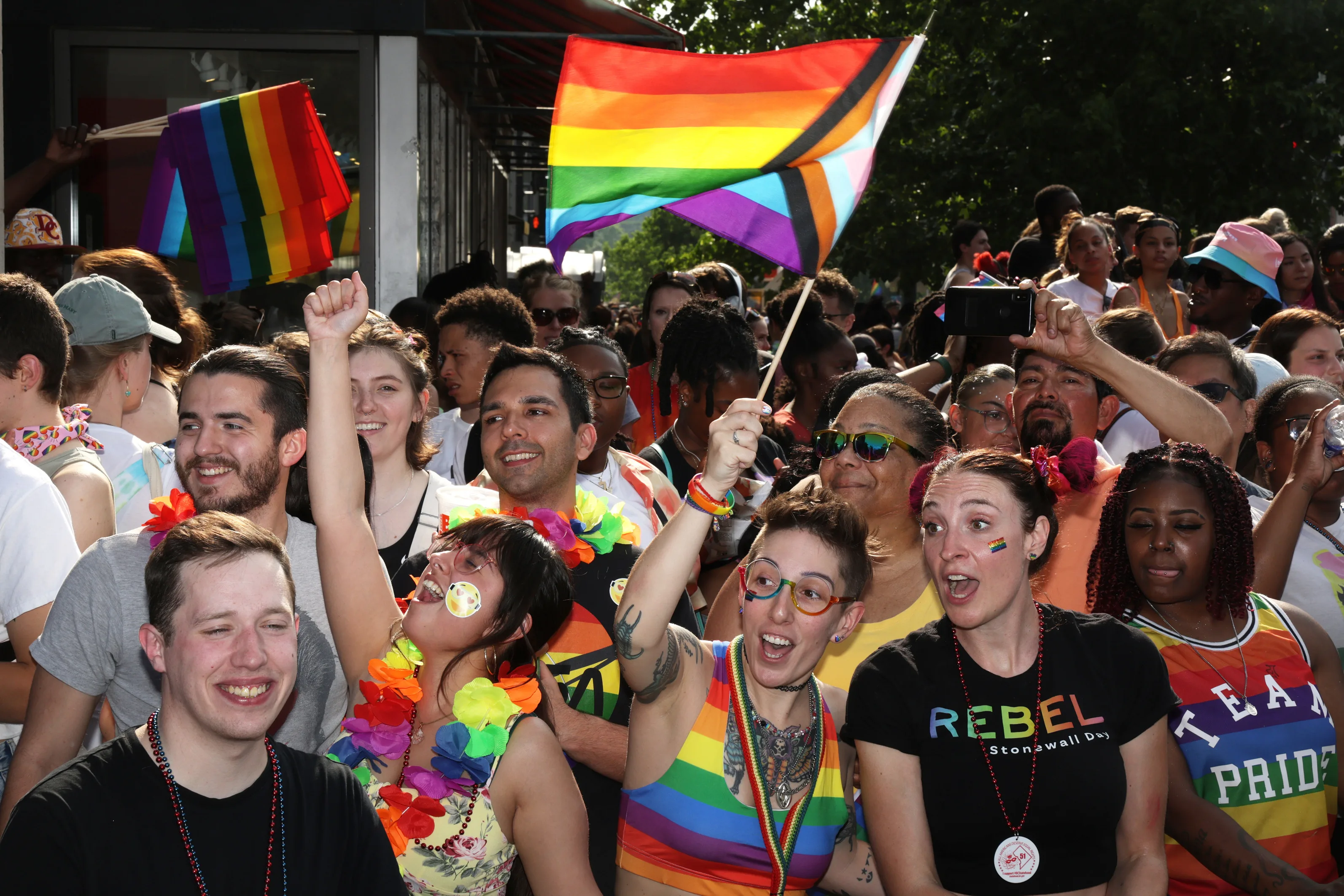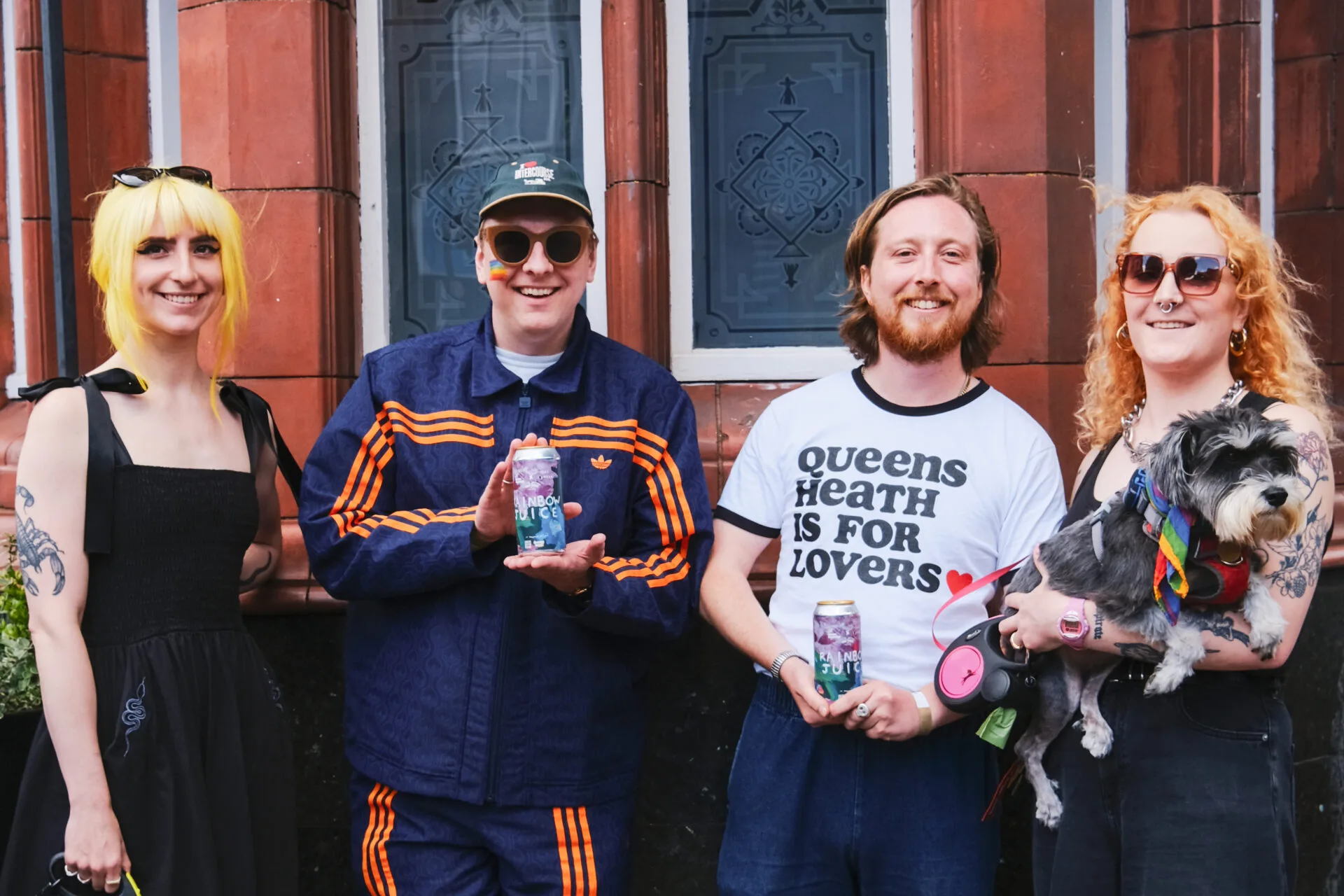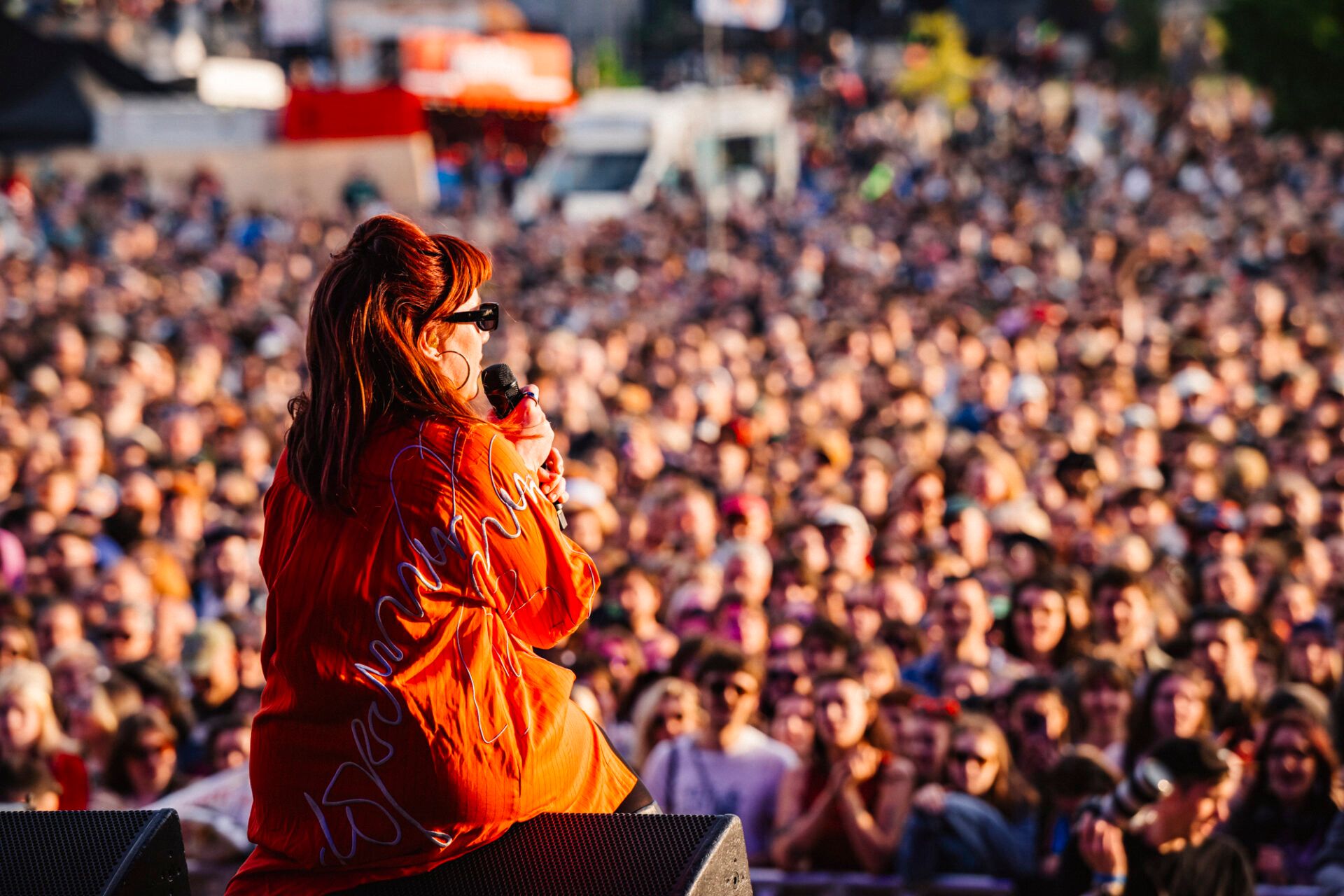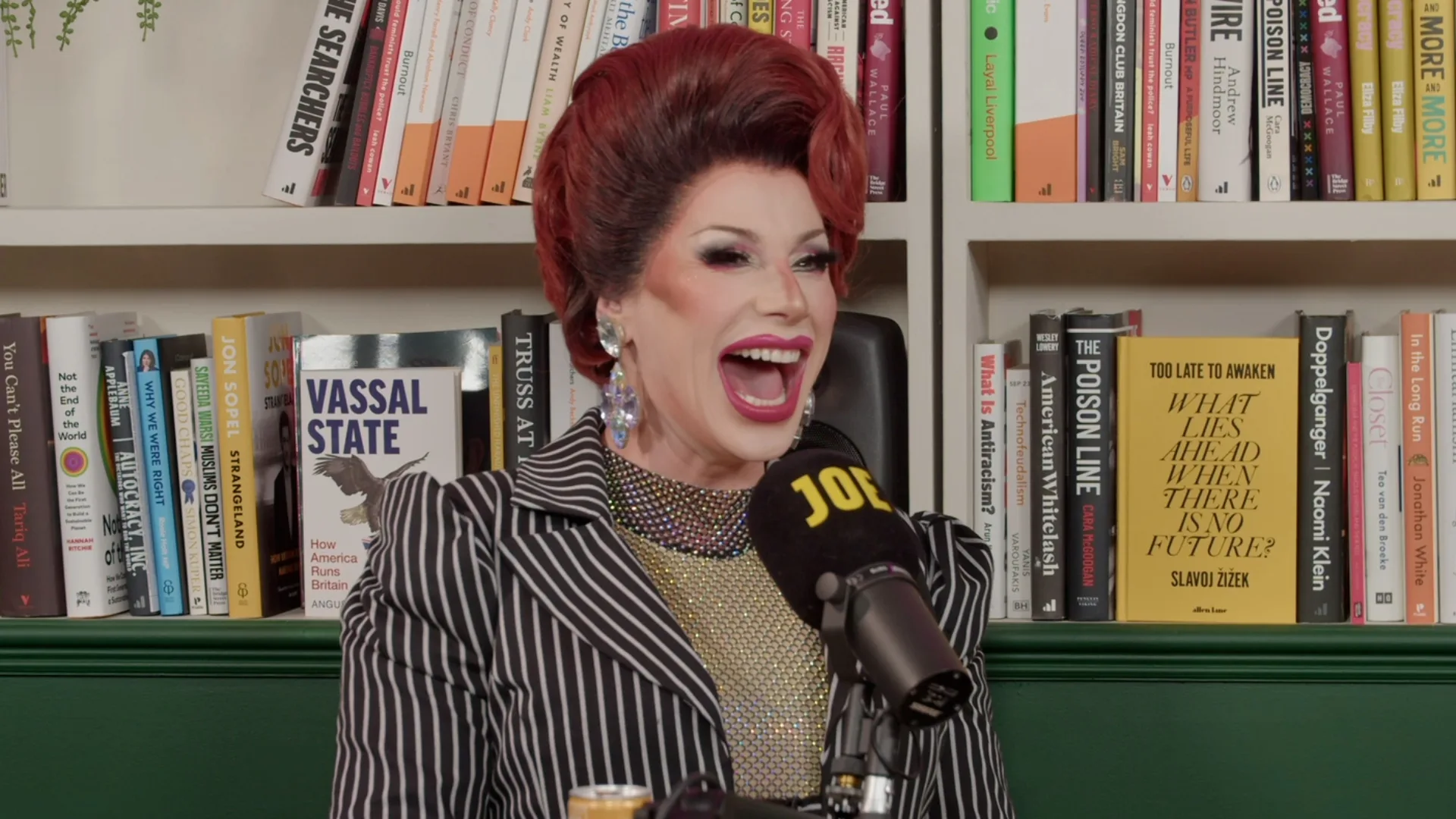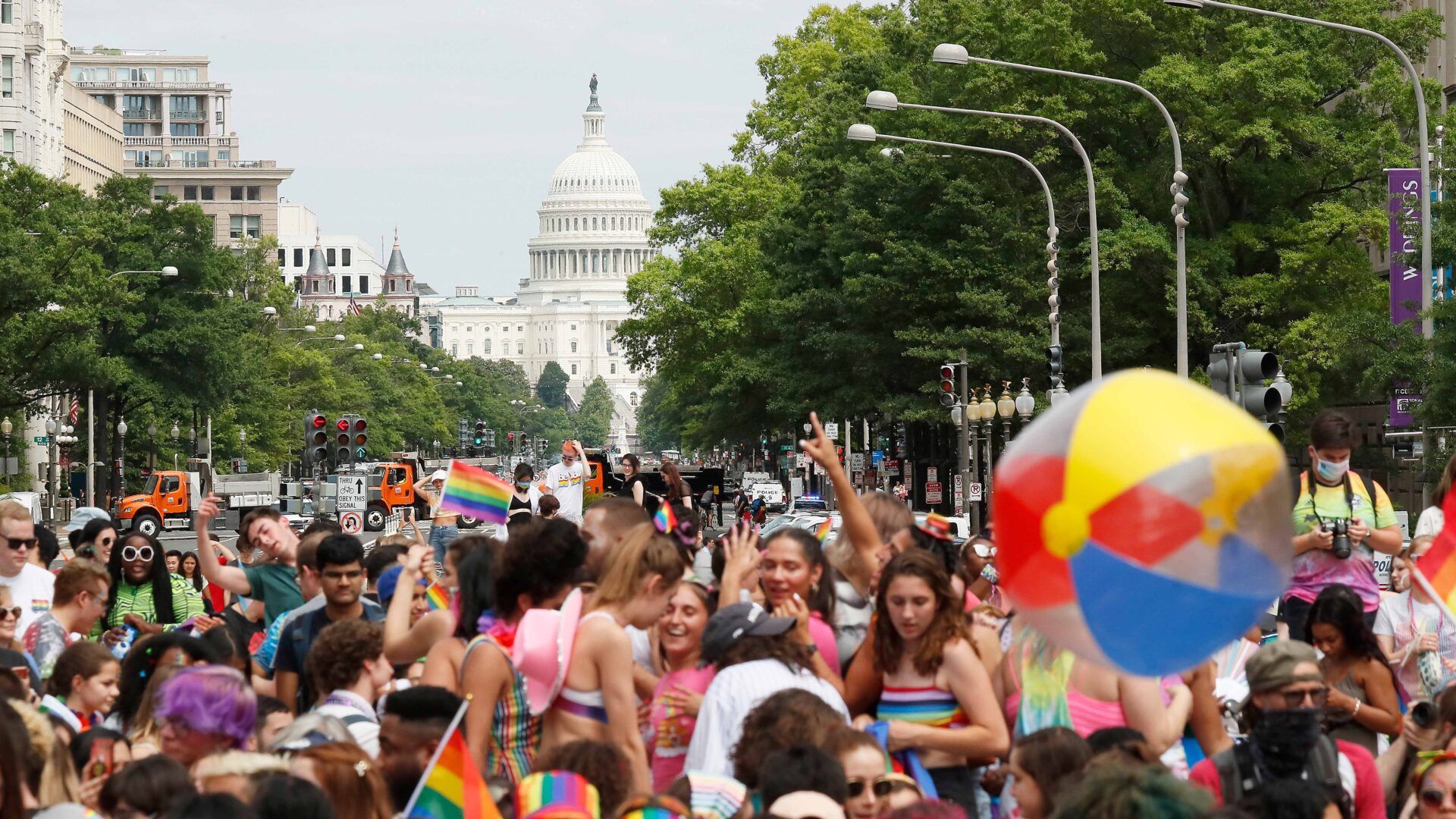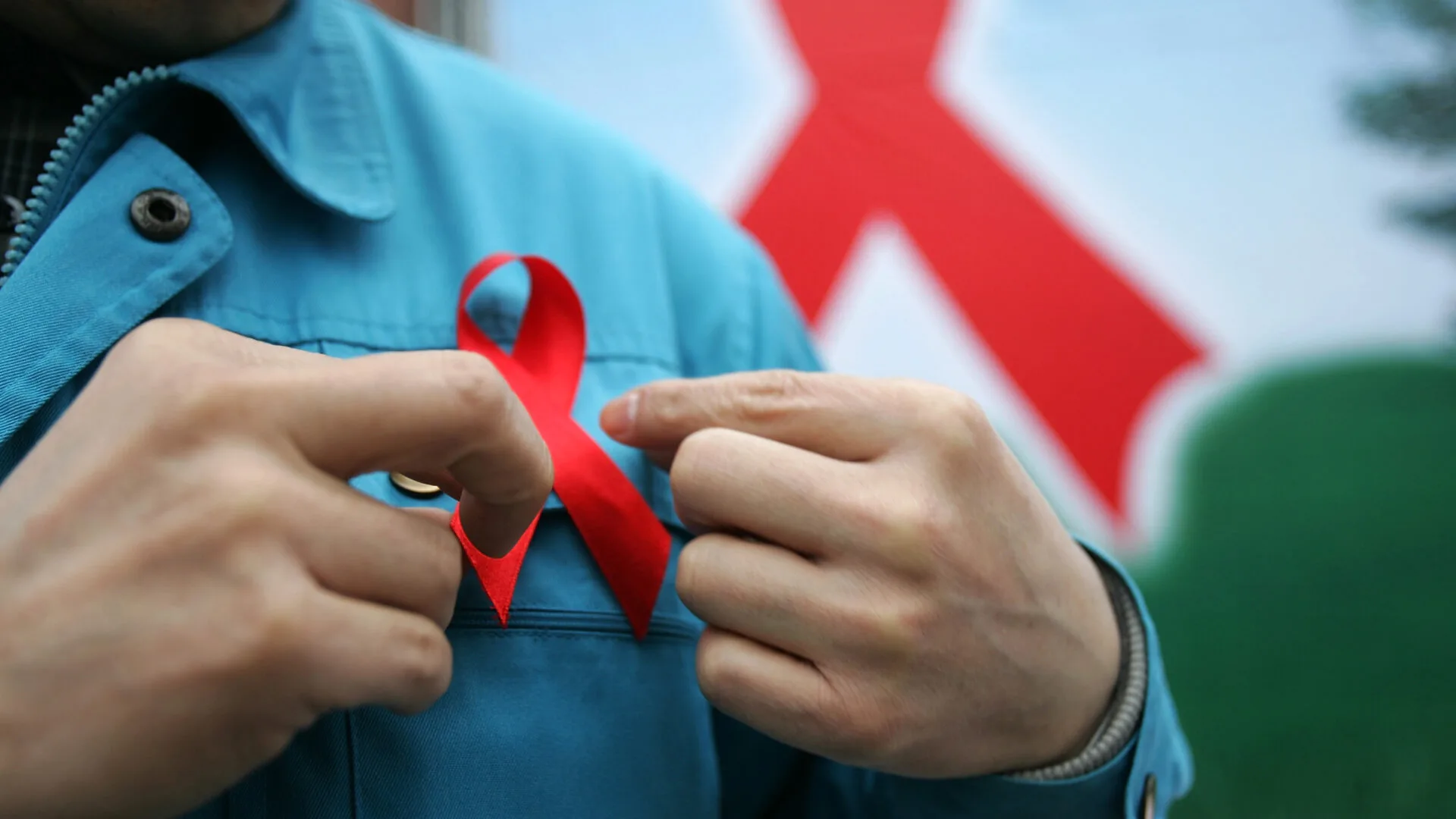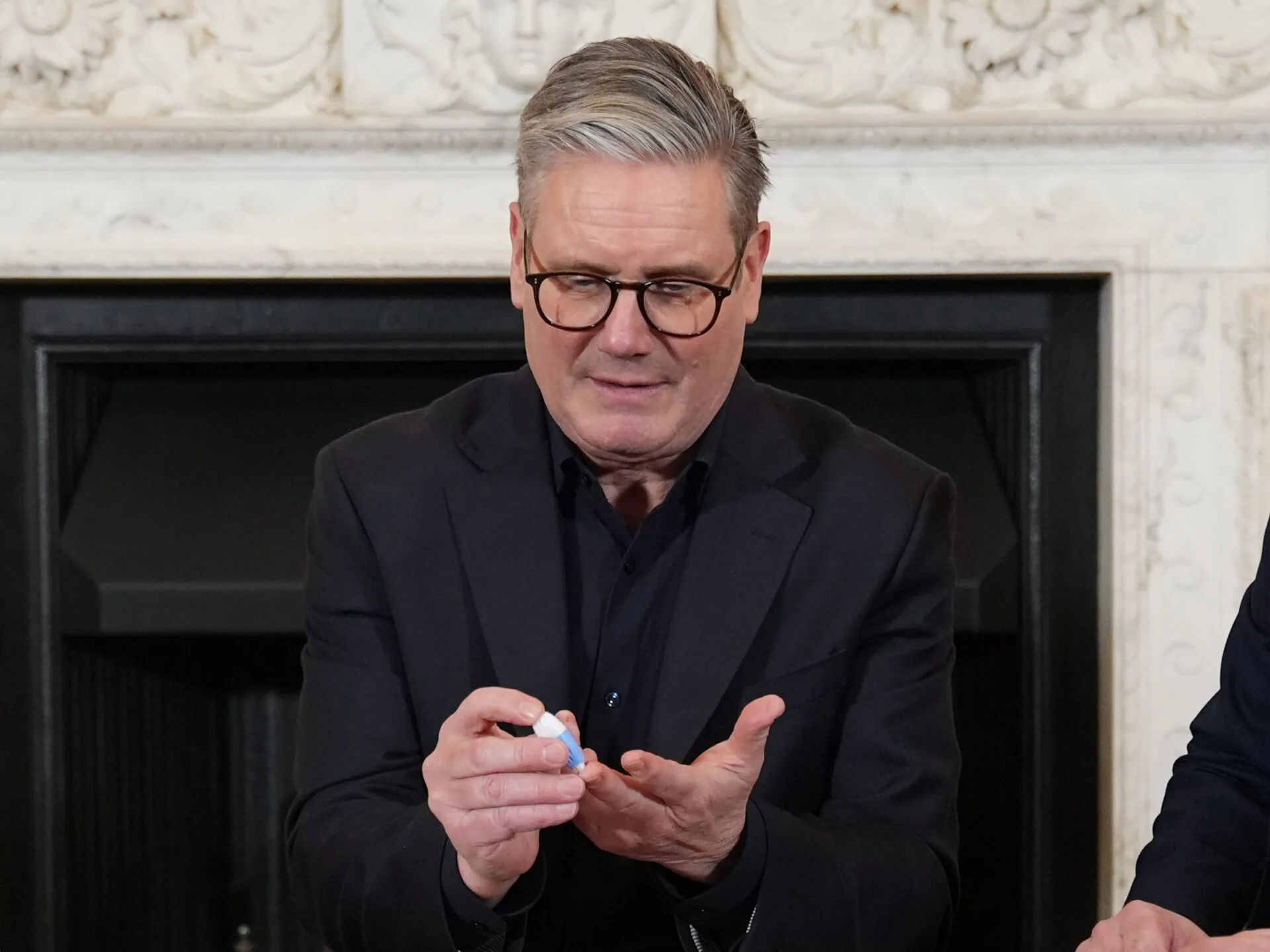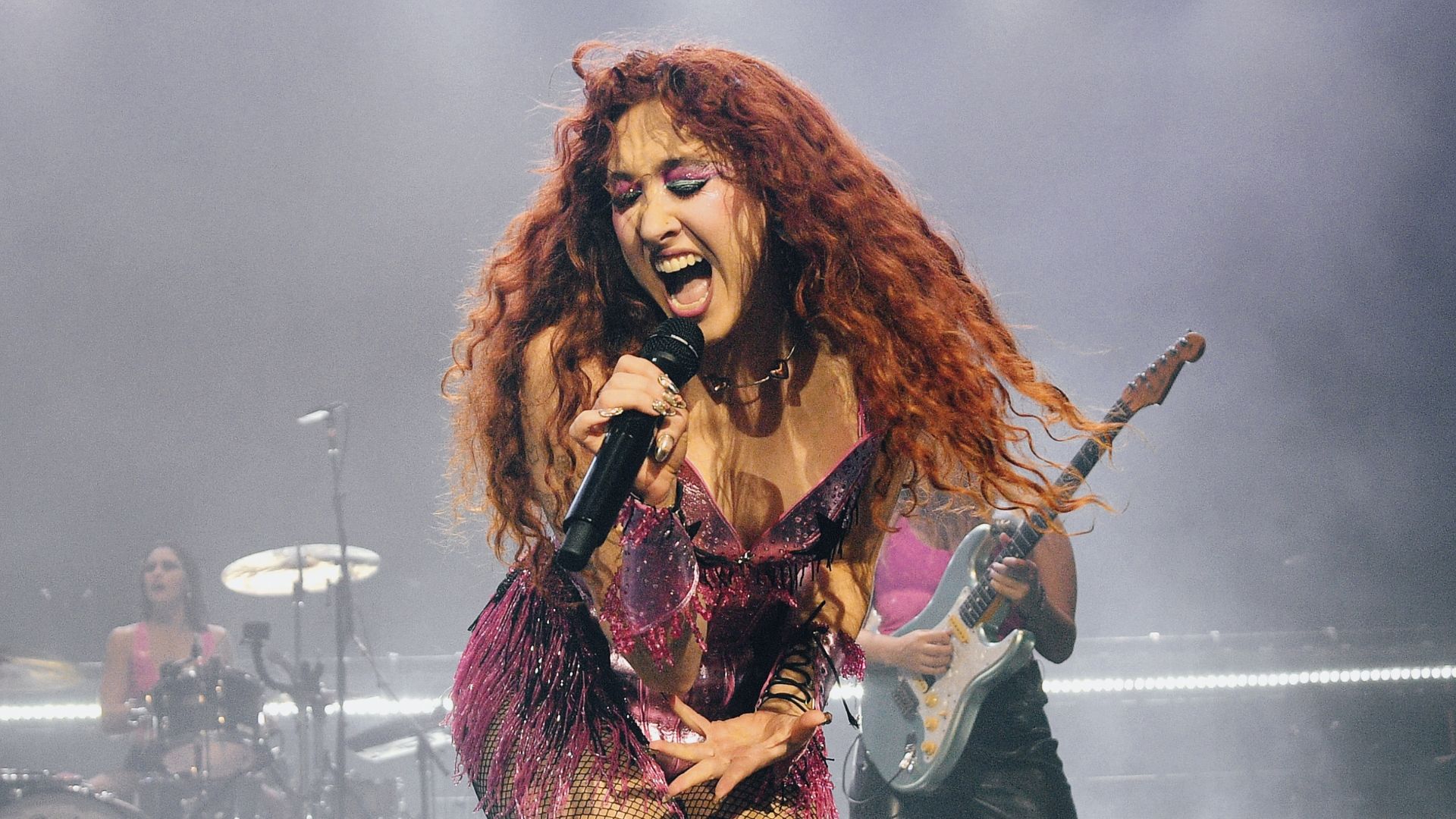Earlier this week, Donald Trump posted a Washington Times article titled “Army Recruitment Ads Look Quite Different Under Trump” on Truth Social. The thumbnail showed a crossed-out upside-down pink triangle – the same one used by Nazis during WWII to identify and murder LGBTQ+ people.
This triggered a great deal of anxiety for Queer people. Though Trump hadn’t directly shared the image itself, sharing the link felt like an statement of endorsement for systematic homophobia and transphobia.
But the pink triangle is also a symbol of resistance and community, and deserves to be remembered that way. Since the 1970s, LGBTQ+ liberation groups have worn the pink triangle as a way of memorialising the Queer people who have died as a result of persecution, apathy, and violence.
For example, here’s a photo of a Vietnam veteran displaying the pink triangle next to his war medals.

In the 1980s, LGBTQ+ direct action group ACT UP used an upward facing pink triangle as their symbol, with the slogan SILENCE = DEATH. Their activism had a direct impact on the prevention and medical treatment of HIV. Without their activism, countless more lives could have been lost.
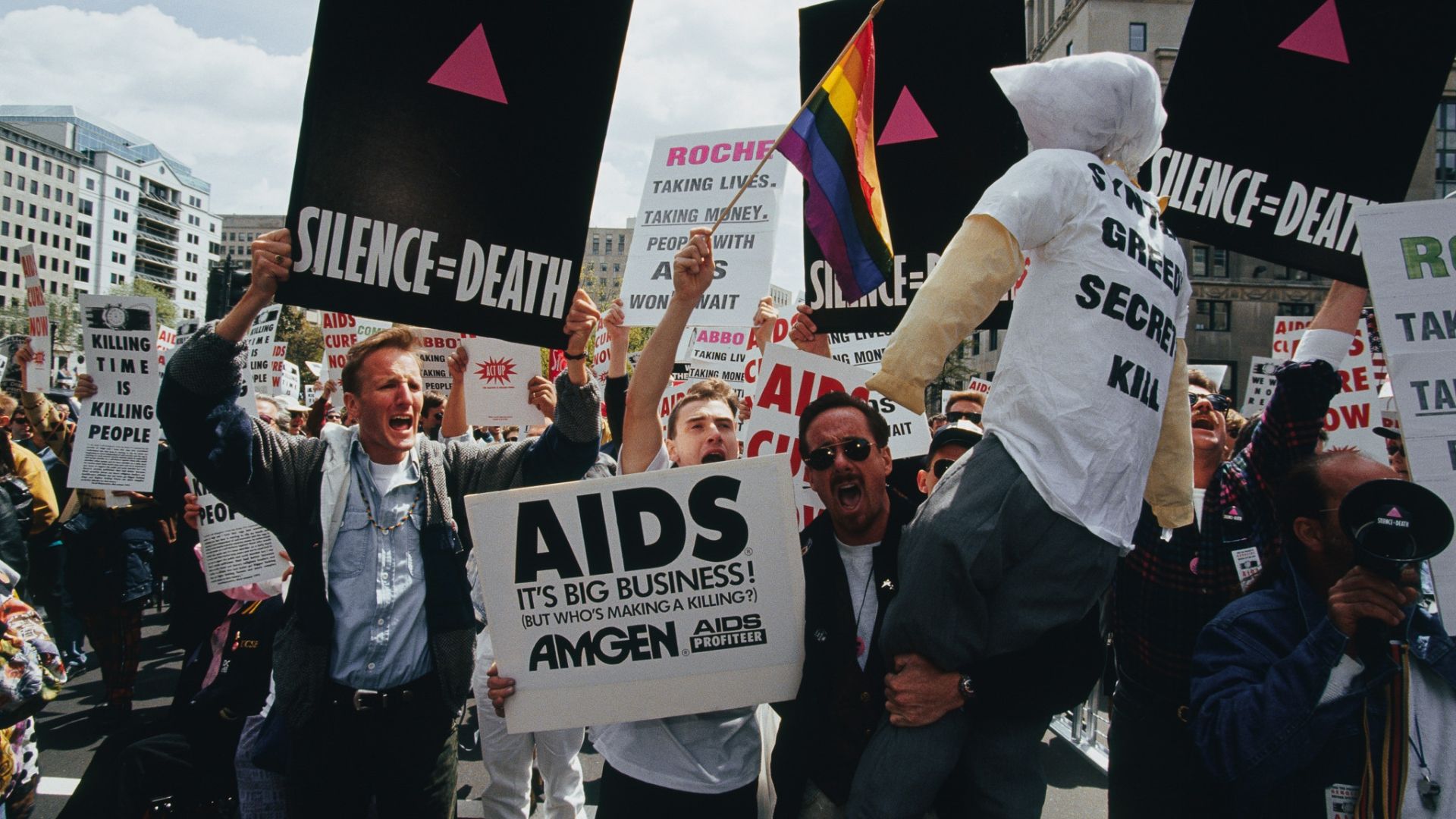
Do not let this activism be in vain. We must hold onto the power of the pink triangle as a symbol of resistance. Trump’s administration may wish to use it to persecute, but by using it for protest, we remember the lives it represents with as much integrity as possible.


